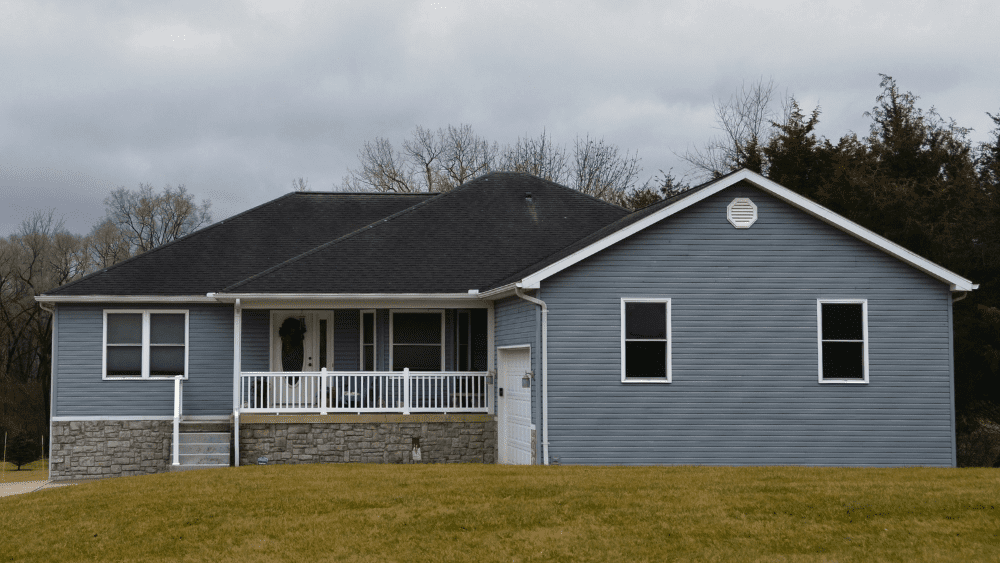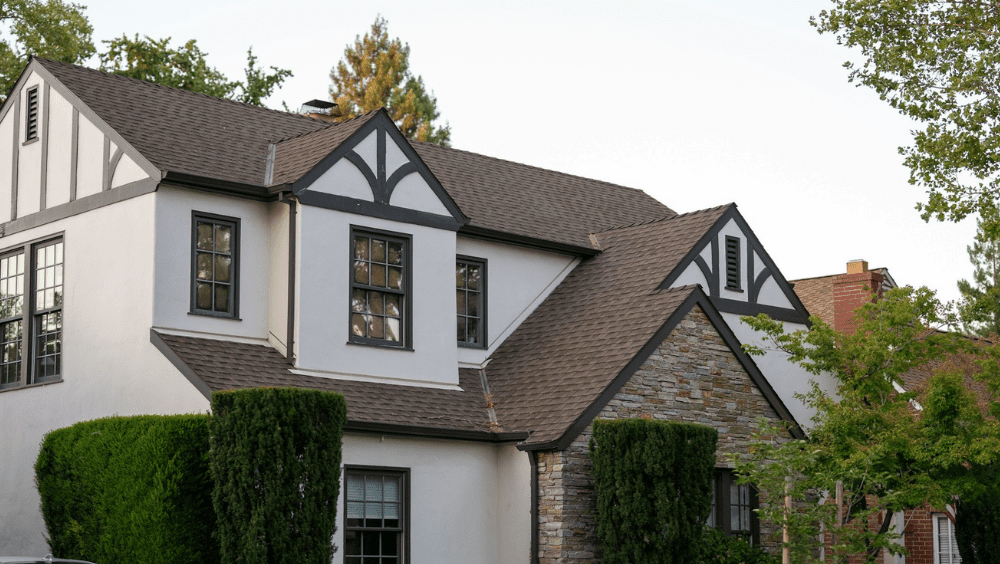
Studies show that crime rates can impact property values. Not surprisingly, when crime rates go up, property values go down, and vice versa. If you’re a seller, it pays to know your neighborhood’s crime stats so you can adjust your pricing and marketing strategies accordingly. While your real estate agent can tell you if your neighborhood is “up and coming” and help you decipher a crime report, they can’t discuss crime in-depth due to Fair Housing Law restrictions. You’ll have to conduct your own research to get the full picture. To help you with that, we’ve combed the Internet to find some of the best resources, to let you know if you’ll need a security blanket in your neighborhood. Even though crime has decreased 51% from 1993 to 2018, crime in the U.S. remains higher than in any other developed nation. In areas with “hot spots” – pockets with frequent and even predictable crime – housing values may fall accordingly. A University of Vermont study found that high crime rates in nearby neighborhood parks or other amenities can impact a home’s value. My Move states that homebuyers’ greatest concerns regarding crime are burglary and vehicle theft. According to the Union Crime Report the FBI released in 2018, there were 7.2 million annual property crimes, with victims of property crime (burglary, larceny, and motor vehicle theft) losing $16.4 billion. The same report indicates there were 1.2 million violent crimes in 2018. Fortunately, violent crime in urban neighborhoods declined 20% from 2018 to 2019. That decrease reflects positively on house prices. According to a 2012 crime report by the Center for American Progress, an independent, nonpartisan policy institute, a reduction of one homicide in one year in a zip code results in a 1.5% percent increase in housing values in that same zip code the following year. Studies indicate that house values fall by as much as 2.3% in some areas when a sex offender moves in. On average, homes within 0.1 miles of a registered sex offender decline in value by 4%, according to the American Economic Review. Find out if crime is impacting your neighborhood by consulting these sites: This easy-to-use site ranks more than 45,000 cities and neighborhoods in the U.S. and Canada, awarding a “livability score” on a scale of 1 to 100, segmented into an A to F grade. Categories include amenities, cost of living, schools, employment, housing, weather, and crime rates. The site includes violent crime, property crime, total crime, and trends, all of which it compares to both national and state crime stats. Additionally, AreaVibes calculates your chance of becoming a crime victim in the neighborhood. Resident reviews add context to the numbers. Features: Cost: Free Offering exclusive data and insights gleaned from law enforcement agencies and other sources, this site provides a comprehensive report covering six categories from demographics, housing, and schools to real estate trends and crime statistics, boasting 98% accuracy on neighborhood crime scoring. Neighborhood Scout drills down into neighbors’ income, language, ancestry, and occupation and indicates rental vs. owner-occupied properties. Search your neighborhood or plug in your chosen search parameters for suggestions about neighborhoods that are right for you. Features: Cost: Pay $29.99 per report or by monthly subscription for $39.99. Membership is required for this private social network app and applies to only one neighborhood at a time. Like pre-Internet gossip, Nextdoor enables real-time conversations between neighbors, who may report suspicious people or vehicles in the area, porch package theft, cars broken into, and other safety concerns. Neighborhood Watch groups can send members alerts through the app. Features: Cost: Free With data collected from more than 1,000 law enforcement agencies, this map-based site presents crime information that is updated weekly, daily, and even hourly. Search by region, address, or zip code. CityProtect lists a variety of reported crimes, including property theft, assault, and drug use. You can click on an incident to view details about what happened and how law enforcement dealt with it. Filter your search by the day of the week and time of day, or go macro and search for crime trends in the area. Features: Cost: Free Aggregating data from law enforcement agencies, news reports, and tips, this site overlays icons representing crimes on Google maps. Click on an icon for details, including the type of crime, time of incident, and source of information. Features: Cost: Free Think of it as a virtual guardian angel keeping an eye on you. This interactive web and mobile app tracks you and lets approved family members keep an eye on you via a map or with alerts confirming you reach scheduled destinations. If you don’t check-in, the app will contact you, just like your mom would, to see if you made it safely. Besides providing current safety information, ADT SOSecure offers searchable crime data by location as far back as one year. Features: Cost: Free if you already use another ADT service; otherwise, a monthly fee of $3.99 (or $39.99 per year) applies. Moving.com’s City Profile Reports include comprehensive information on U.S. and Canadian cities, such as the cost of living, weather, schools, and crime reports. The site annually pulls data from several government agencies to provide the statistics behind the city snapshot. Features: Cost: Free This map-based app has a twist: Its “heat map” indicates high and low crime rates via a color-coded “crime compass” and lets you know if a neighborhood might be dangerous. You can download customizable searches and access crime projections for specific areas. Features: Cost: Free, but only available on the App Store for iPhone, iPad, and Apple Watch. This government website links state, territorial, and tribal sex offender registries in one national search site. Get current information on registered sex offenders in any neighborhood – not just where they live but also where they work or attend school. Search by state, county, city, zip code, address, or name. Click on the person’s name for detailed information. Features: Cost: Free By plugging in an address, a map on this site reveals registered sex offenders in your neighborhood. Color-coded pins correlate to specific sex crimes such as sexual battery, rape, and crimes against children. Clicking on a pin reveals a photo and background information about the offender. Features: Cost: Free Note: You can also find registered sex offenders on the FBI’s website. Potential buyers will be checking your neighborhood crime report to learn about the type of crime that prevails (whether property or violent), as well as the rate of crime as part of their due diligence to determine if your neighborhood is safe enough for their family. You can put their minds at ease if you’ve already done the research and can provide them with a neighborhood crime report that will let them sleep at night.Crime impacts property values in different ways
Burglary and theft
Violent crime
Sex offenders
AreaVibes
Neighborhood Scout
Nextdoor
CityProtect (formerly Crime Reports)
SpotCrime
ADT SOSecure
Moving.com’s City Profile Reports
Crime and Place
National Sex Offender Public Website
Family Watchdog
Crime rates matter



